It’s hard to throw away history. It was like you were throwing away a part of yourself. ― Jenny Han, The Summer I Turned Pretty
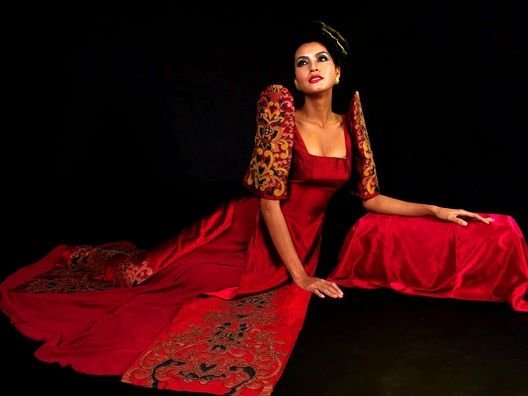

Happy Monday Steemit Fretz! Hope you are all freshened up and ready to face the rest of the week!
On my previous post, I wrote about our national costume, which you can check out HERE, and I was a bit confused if the costume for women was also included.
I read that it’s not and some say it’s unofficial but really didn’t explain anything. I’ve done my research and even murdered Google on various keywords but I couldn’t give you a concrete answer. Anyway, I won’t give you any headaches as well. :)
Since we talked about men’s clothing last time, this time I’m going to show you how the traditional baro’t saya (costume for women) evolved throughout the years.

Baro’t Saya
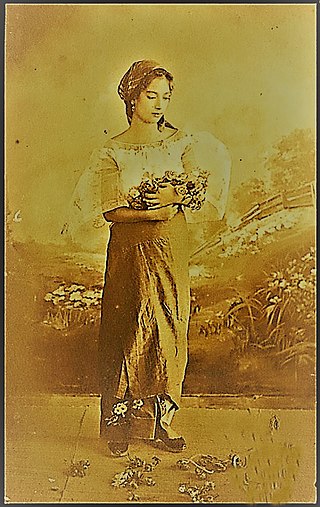
May it be official or unofficial this attire is considered as the national costume for women.
The “baro” in the baro’t saya is the upper clothing while “saya” is the lower clothing (blouse and skirt). In the Spanish Era, the accessory that they pair it with is the pamaypay/fan.
The baro like the barong tagalog, is intricately created from fine fabrics and the main influence of such clothing is the Blessed Virgin. The saya/skirt is commonly has a plaid design.

Maria Clara
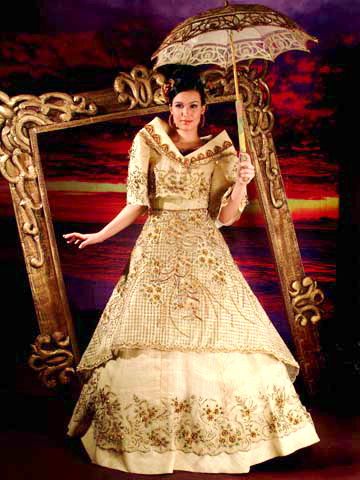
The Maria Clara is a well-designed barot’ saya that is used for formal events in the Spanish Era and was popular during 1980s.
The name is derived from Maria Clara, who is the heroine of Jose Rizal’s book, Noli Mi Tangere. This lady in the book is described as an emblem of nobility and virtues of a Filipina woman.
Jose Rizal – The National Hero of the Philippines. He is also a genius. He excelled in architecture, poetry, medicine and many more.
Compared to the baro’t saya, the Maria Clara has four pieces these are:
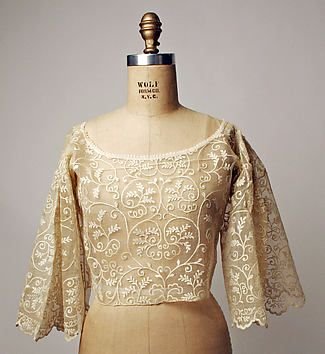
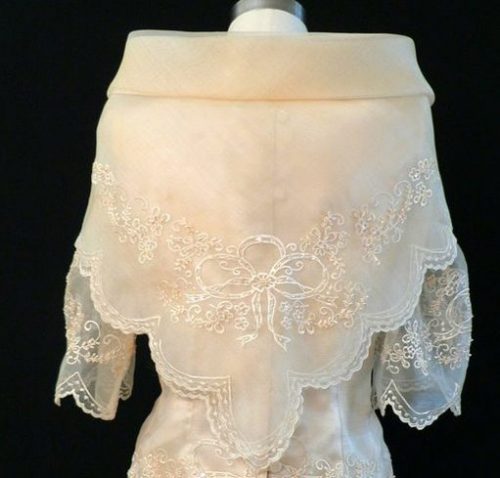

Traje De Mestiza
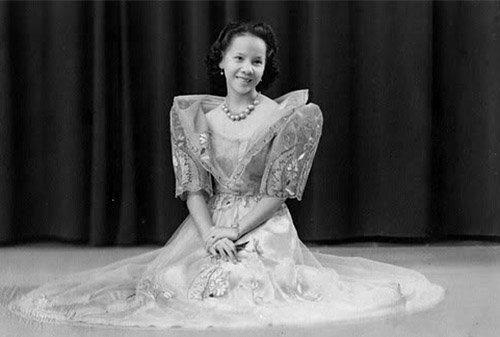
Traje De Mesitiza is known as the early terno and the improved version of the Maria Clara. The camisa became a body hugging clothing with oversized bell-shaped sleeves and then saya flared and extended and got a tail. It is also slimmer than the Maria Clara.

Terno
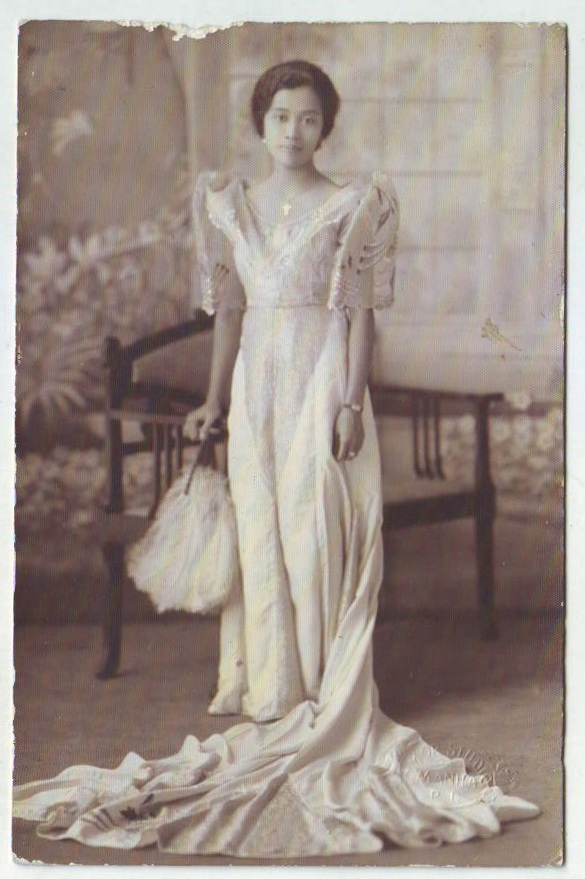
Terno is coined as a National Treasure since this clothing represents sophistication and elegance. This has been the ultimate evolution of the baro’t saya. Terno is derived from the Spanish term “to match.”
One thing you’ll notice about this outfit is its seamlessness. The sleeves are erect and are attached to the shoulders like a butterfly wing. It has a low neckline and the whole dress just hugs and around the waist and it then elegantly falls to the floor in a trailed or rounded hem.
The panuelo, as well as the tapis are removed to flaunt the curves and beauty of a woman’s body. Instead of separate pieces the baro't saya were sown together to produce a masterpiece.
It has graced and has been used as during Flores De Mayo, Coronation nights and formal events at the Malacañg Palace.

Modern Terno
As I previously mentioned the terno is the most iconic Filipiñana attire today because of its history and how it has improved throughout the years.
Imelda Marcus, the wife of former president Ferdinand Marcus was the key of the revival of the terno. She made use of this iconic dress during meetings with the higher class and foreign dignitaries. To be able to wear it with class, you should not slouch and be overly pose-y. Accessories must also be chosen carefully as to not make it too trashy and unfashionable.
During SONA or the State of the Nation Address is one of the most awaited occasions where the women show off their most elegant version of the terno.
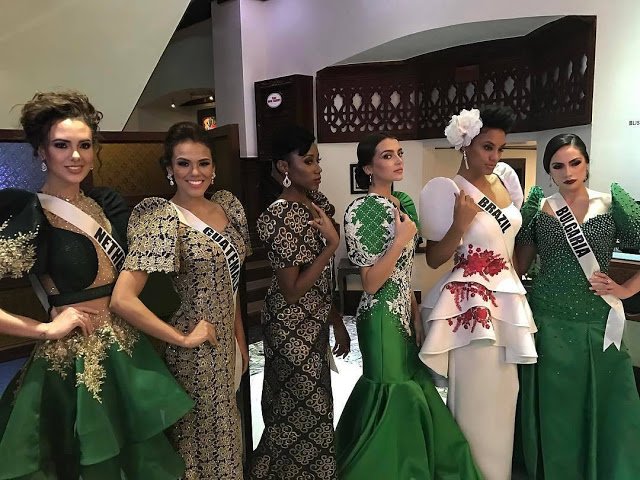
I do hope you’ve enjoyed experiencing a bit of my country’s history today! Keep Steeming!

Discord Channel: Berserkers
Earn Upvotes: Steemfollower

Hello Dawny.
Very detailed post, I like it. The picture on the bottom with the models... looks like Bulgaria had a rough day!
Cheers
Downvoting a post can decrease pending rewards and make it less visible. Common reasons:
Submit
That's her smize Rukka. ^^
Downvoting a post can decrease pending rewards and make it less visible. Common reasons:
Submit
Nice post i loved reading this thanks for sharing
Downvoting a post can decrease pending rewards and make it less visible. Common reasons:
Submit
wonderful this is to read and see thanks for sharing some amazing content :D
Downvoting a post can decrease pending rewards and make it less visible. Common reasons:
Submit
You're welcome. :) Glad you like it.
Downvoting a post can decrease pending rewards and make it less visible. Common reasons:
Submit
I'm also a filipino ,so far like this dressed by our filipina women it will keep their elegance and stanning beauty from the rest like ms.universe pia.
Always following your informative post! Gaining so much knowlege...thank you
Downvoting a post can decrease pending rewards and make it less visible. Common reasons:
Submit
Yes. Thanks for droppin' by kababayan!
Downvoting a post can decrease pending rewards and make it less visible. Common reasons:
Submit
beautifull
Downvoting a post can decrease pending rewards and make it less visible. Common reasons:
Submit
The Maria Clara reminds me of the 80s in western clothing – those shoulders – but at least your costumes are more feminine.
I wonder why the massive shoulders became fashionable. Here too. It seems a weird part of the body to emphasise in women.
The Terno is beautiful and elegant. I couldn't wear that in my house though; the dogs would hitch a ride on my tail.
I remember when Imelde Marcus was all over the news for having too many shoes.
Yes, I enjoyed your history of fashion in the Philippines. Thanks :)
Back soon with VP
Downvoting a post can decrease pending rewards and make it less visible. Common reasons:
Submit